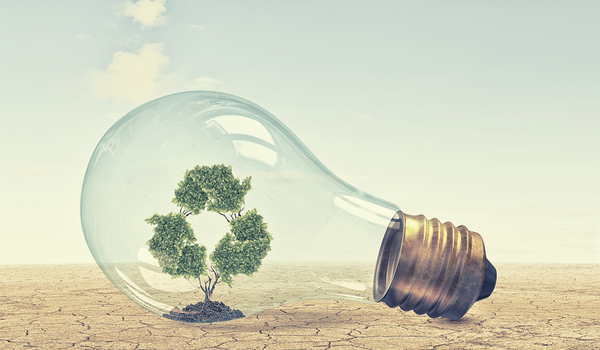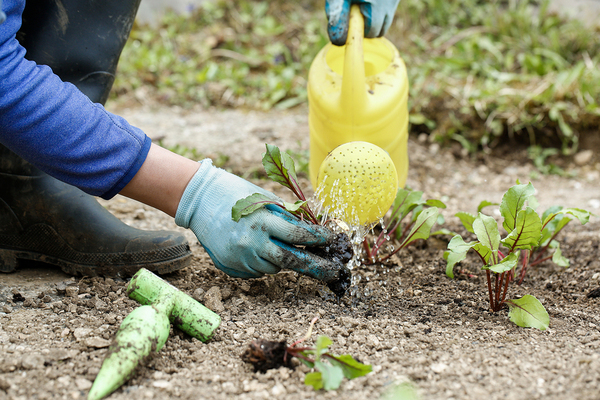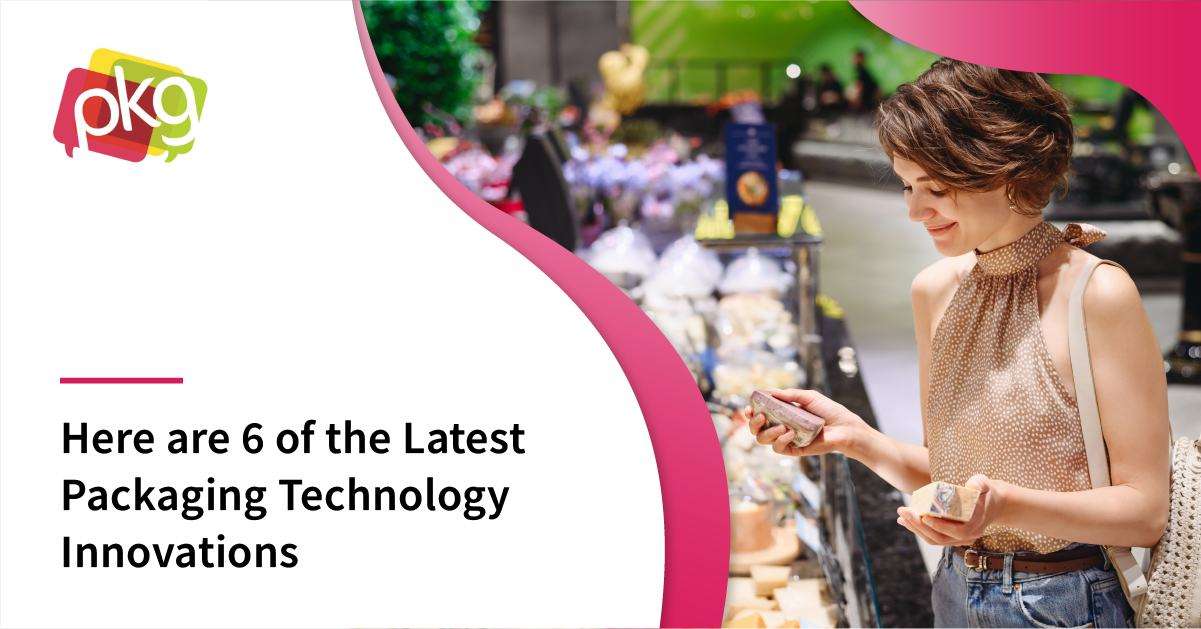Concern for environmental sustainability is growing as more consumers choose organic, vegetarian, and vegan products, often at least partly based on environmental concerns. At the same time, consumers want convenient, single-serve options in food packaging designs to go along with the on-the-go Millennial lifestyle.

Innovative food packaging designs include the use of bioplastics, which naturally break down in the environment.
Because consumer sentiments are shifting toward earth-friendly brands, many of these brands are re-examining their manufacturing chains and packaging designs. Food packaging designs must still protect food, keep it fresh, and not affect flavor, and packaging must be implemented without significant downtime for manufacturing operators to learn new processes. That is a tall order, to be sure!
The global biodegradable packaging market is growing at a moderate pace and is expected to continue to do so. Governments, industries, and consumers alike are increasingly vocal about sustainability concerns and the need to reduce waste. Adopting environmentally friendly packaging, including biodegradable food packaging designs, is one way that brands are addressing these concerns.
The State of the Biodegradable Paper Industry
Biodegradable paper packaging is dominated by corrugated board, and that trend is expected to continue, as developing nations like Brazil, India, China, and Russia see increased demand not only for food packaging, but also for electrical goods packaging. The biodegradable paper packaging materials market is competitive and fragmented, and barriers to entry into the industry are relatively low. As a result, more competitors are entering the market, and more vendors are looking to biodegradable paper packaging for healthcare, beauty, and personal care items as well as for food packaging design.
The Continuing Evolution of Bioplastics
Bioplastics, or plastics that break down in the environment within a couple of years, are gaining prominence in food packaging design too. A significant amount of packaging waste is plastic, and non-biodegradable plastics are limited in the ways they can be reclaimed and recycled. Ideally, the development of biodegradable plastics that not only break down, but also turn into fertilizer, could make a significant difference in the composition of the waste stream in coming decades.

Some bioplastics may actually break down into compounds that enrich the soil.
Of course, when it comes to food packaging design, there are additional concerns, like protecting against food-borne illnesses and avoiding altering flavor and aroma, and new technologies are coming online to address these as well.
Making Biodegradable Food Packages Superior to Existing Options
With bioplastics in particular, the goal is to not only create plastic food packaging designs that are kinder to the earth, but that also protect food better than non-degradable plastics. For example, so-called ethereal oils, like clove ethereal oil, are excellent for adding anti-oxidizing properties to plastic food packaging, helping foods stay fresh longer.
The addition of particles like ionic silver to cellulose-based biodegradable packaging achieves an antimicrobial effect while making biodegradable plastics stronger, and more elastic. This is terrific news because it is not easy to find biodegradable composites that break down, are non-toxic, and that protect against microbial illnesses. Once they are cost-effective at scale, they are expected to play a far greater role in food packaging design, allowing consumers to have the convenience they want while protecting their foods better than ever.
For food brands, the use of biodegradable plastics in food packaging design presents a unique opportunity for tying together sustainability and marketing. As for biodegradable paper packaging, brands will have their pick of suppliers as more manufacturers enter the market. Overall, the result will be greater sustainability, less plastic in landfills, and consumers that can choose the foods they want without feeling guilt over environmental waste.
PKG Brand Design is committed to innovating new ways to talk about CPG and developing ways to brand niche products, for the betterment of all our customers.
 |
 |


.jpg)




